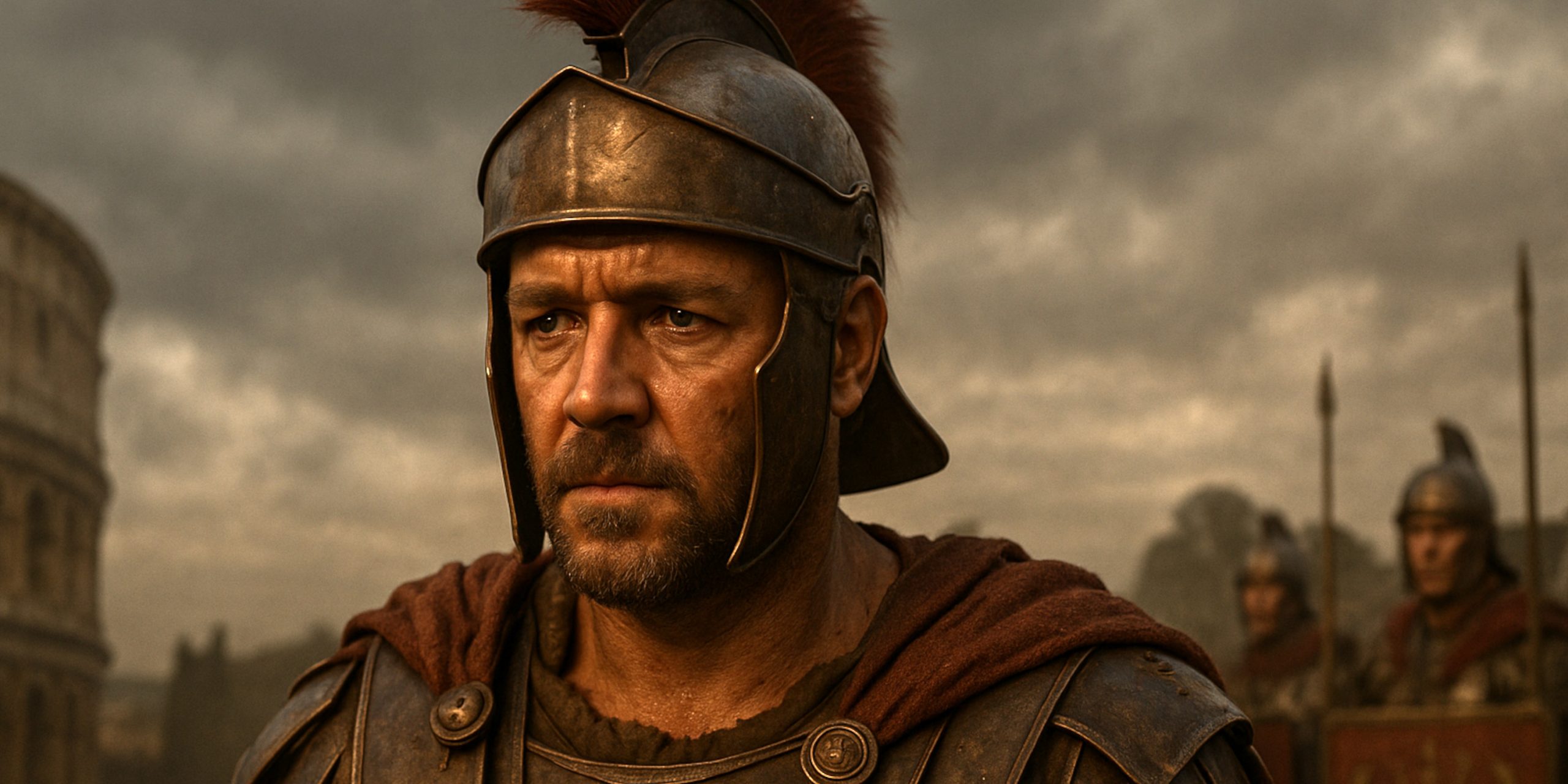
Ridley Scott’s Gladiator gave the world one of cinema’s most enduring heroes: Maximus Decimus Meridius, the Roman general who became a slave, then a gladiator, and finally a challenger to the Emperor Commodus. His character embodies loyalty, strength, and a thirst for justice. But was Maximus a real historical figure or purely a work of fiction?
Historical Context
The film is set in the late 2nd century AD during the reign of Emperor Marcus Aurelius and his successor Commodus. Rome at this time was a vast empire stretching from Britain to North Africa, but political corruption, succession crises, and military unrest threatened its stability. The story of Maximus is rooted in this turbulent backdrop, blending historical figures with fictional invention.
Was Maximus Real?
Maximus Decimus Meridius did not exist as a single historical figure. He is a fictional creation, though he draws inspiration from several real individuals. The writers of Gladiator combined aspects of Roman generals, senators, and gladiators to produce a compelling protagonist.
Possible Inspirations
| Aspect | Maximus Decimus Meridius | Marcus Nonius Macrinus | Avidius Cassius | Spartacus |
|---|---|---|---|---|
| Role | Fictional Roman general, turned gladiator | General under Marcus Aurelius, close to imperial family | Commander, briefly rebelled against Marcus Aurelius | Thracian gladiator, led major slave revolt |
| Status | Slave-turned-gladiator | High-ranking senator and consul | Military governor with imperial ambitions | Enslaved gladiator, rebel leader |
| Connection to Commodus | Portrayed as his rival and opponent in the arena | Served under Marcus Aurelius, no direct clash with Commodus | Opposed Marcus Aurelius but died before Commodus’ reign | Lived a century earlier, no link to Commodus |
| Legacy | Symbol of loyalty, justice, and resistance | Remembered as a loyal companion to Marcus Aurelius | Known for rebellion and assassination plot | Icon of rebellion against Rome |
Maximus and Commodus
While Maximus is fictional, Emperor Commodus was very real. He ruled from AD 180 to 192 and developed a reputation for cruelty, vanity, and megalomania. Commodus did indeed fight in the arena, dressing as a gladiator to the disgust of the Roman elite. However, there is no record of a general-turned-slave who challenged him in the Colosseum.
Archaeology and the Inspirations for Maximus
In 2008, archaeologists unearthed the tomb of Marcus Nonius Macrinus, often considered the closest real-life parallel to Maximus. The tomb, found near Rome along the Via Flaminia, was richly decorated and confirmed Macrinus’ status as a high-ranking general and consul under Marcus Aurelius.
The discovery gave scholars a concrete example of how Scott’s team may have drawn from genuine Roman history. While Macrinus did not share Maximus’ tragic fate, the archaeological evidence highlights the existence of loyal generals who served the emperor with distinction and were rewarded with honour in death.
This find adds weight to the idea that Maximus was a composite figure, blending elements of real Roman military leaders with the fictionalised drama required for a cinematic story.
Contemporary Quotes on Commodus and Gladiators
Ancient writers left detailed accounts of Commodus’ obsession with the arena, which inspired parts of Gladiator.
- Cassius Dio, a senator and historian, wrote scathingly of the emperor:
“He was a gladiator, not an emperor. He fought in the arena, not for Rome, but for his own amusement.” - Herodian, another historian, emphasised Commodus’ self-indulgence:
“He would fight in public as a gladiator, an act that dishonoured the imperial dignity, making himself a spectacle before the mob.” - The historian Historia Augusta also describes Commodus entering the arena dressed as Hercules, wielding a club and lion skin:
“He called himself the Roman Hercules and paraded in the garb of the hero.”
These sources underline how Commodus blurred the line between emperor and performer, and why the fictional Maximus’ opposition to him resonates so strongly.
The Legacy of Maximus
Though fictional, Maximus has become an iconic figure in modern portrayals of Rome. His story captures themes of honour, vengeance, and resistance against tyranny. The character is a reminder that historical fiction often blends reality with myth to craft narratives that resonate with audiences.
In academic terms, Maximus should be understood as a composite character who reflects values admired in Roman society: military strength, loyalty to Rome, and personal virtue.
The Seven Swords Takeaway
Maximus Decimus Meridius was not a real person, but his story is rooted in authentic Roman history. By combining elements of real generals, the gladiatorial tradition, and the corruption of Commodus’ reign, Gladiator created a hero who feels historically plausible, even if he never lived. The discovery of Marcus Nonius Macrinus’ tomb and the accounts of ancient writers strengthen the link between history and Hollywood imagination.
Watch the trailer:



